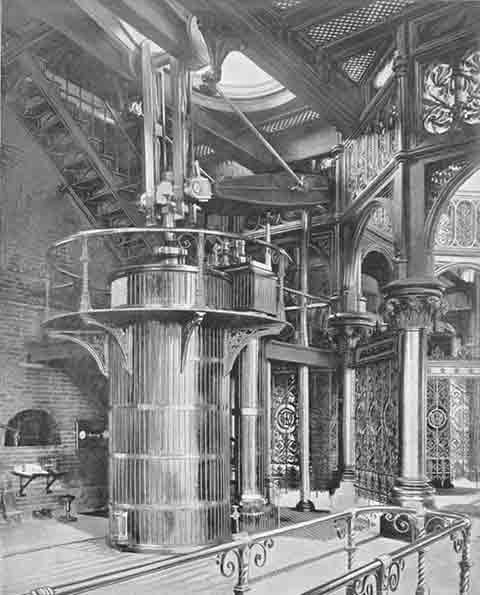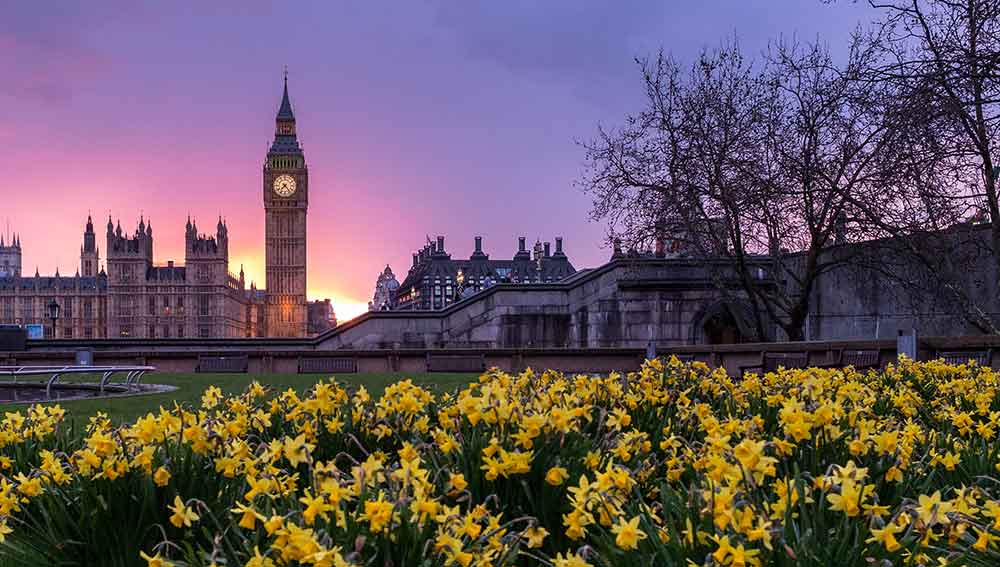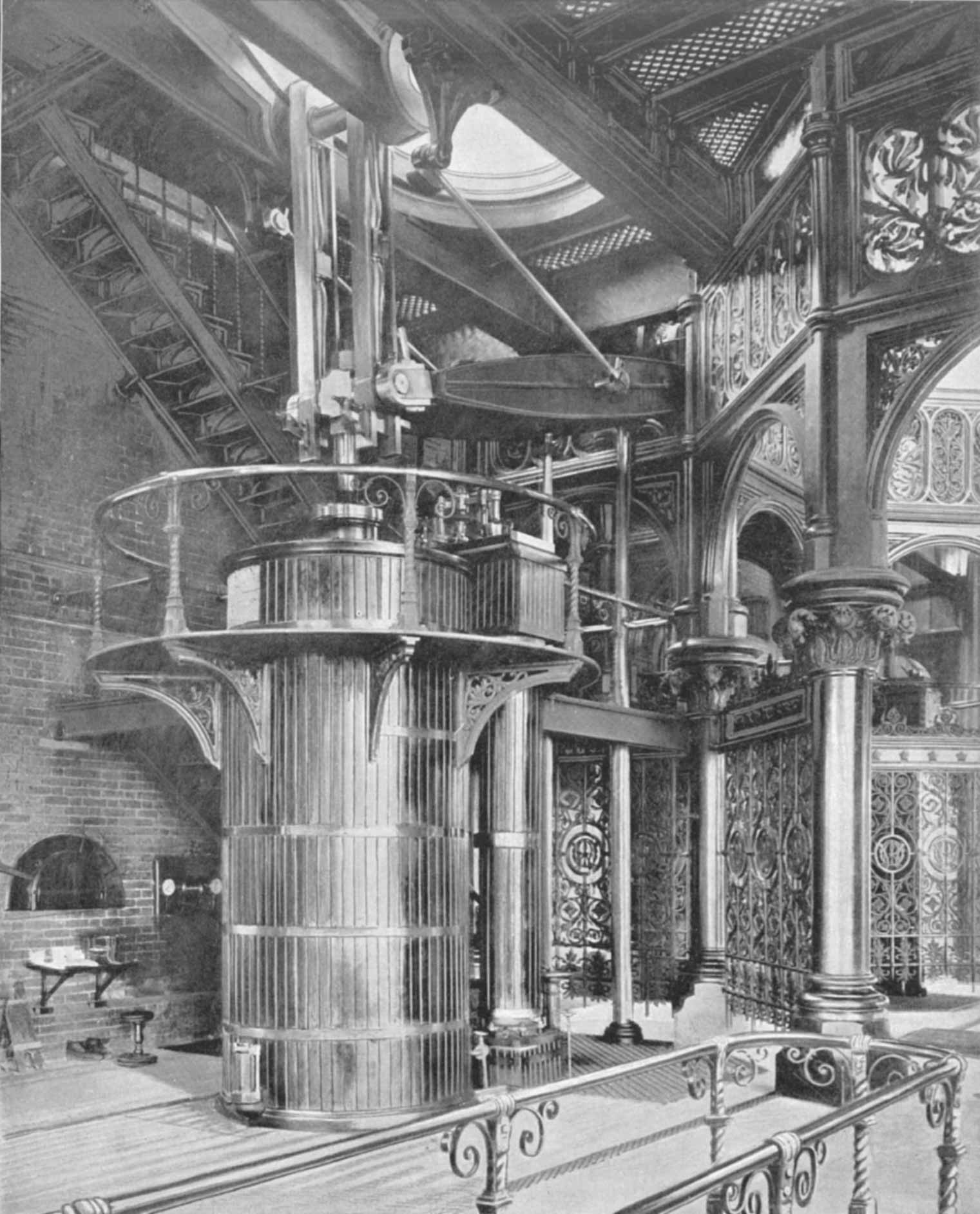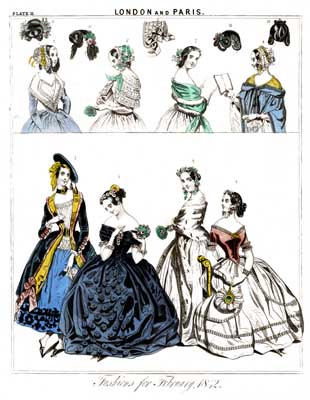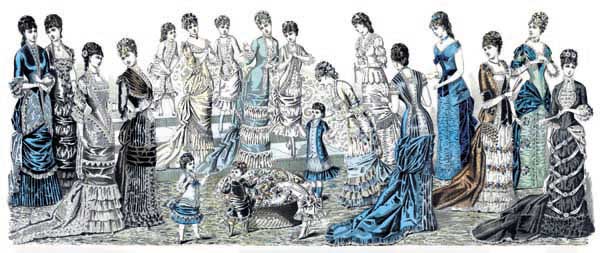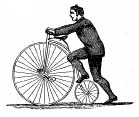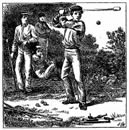This extract is taken from the introduction to Cassell’s Book of Sports and Pastimes:
“The benefits of athletic and other manly exercises, from an educational as well as
a recreative point of view, are now very generally recognised. There is no better
means of promoting a healthy action of the body or of bidding defiance to the doctor
than a moderate indulgence in sports and pastimes.”
Throughout the Victorian period, sports and recreation in general became hugely popular
for both men and women. Newly available leisure time and greater prosperity in the
second half of Victoria’s reign meant that people needed to find activities to fill
their time, and a social world started to develop around sports, paving the way for
today's sport-loving nation. Many of our most famous football clubs originated around
this time, including Aston Villa and Everton, which were started by churches to attract
more visitors, and Arsenal, which was created by a group of factory employees; and the
FA cup was first played in 1871. Cricket was hugely popular, and large crowds gathered
to see the Grace brothers play in a celebrated test match between England and Australia
in 1880 (England won).
Some sports were restricted to the wealthy, like hunting or shooting, but almost
everyone could afford to cycle. The bicycle, made widely available between 1870-90,
allowed people to travel outside of cities at weekends to the countryside beyond, and to
form cycling clubs. These trends were officially encouraged because “not only are these
exercises of supreme importance in maintaining a vigorous state of health in our boys,
they have also a peculiar and decided value in what may be called a moral sense.”
However, this sense of morality and fair play, which football in particular was thought
to promote, was perhaps a little hopeful: free kicks and penalty shootouts were
introduced (in 1877 and 1891 respectively) to stop cheating! Many sports like boxing,
cricket and football, had been around in one form or another for centuries, but the
Victorians applied strict and sometimes bizarrely detailed rules to all, refining them
into the games we know today.
You can find out about the games your ancestors may have enjoyed in the free downloads
below from Cassell’s Book of Sports and Pastimes. Some of the sports you will recognise,
although the rules may have changed somewhat; others are very different and some you may
not have heard of! And if you’ve ever wondered how to ride a penny-farthing bicycle, you
can find out by clicking the bicycling link.
